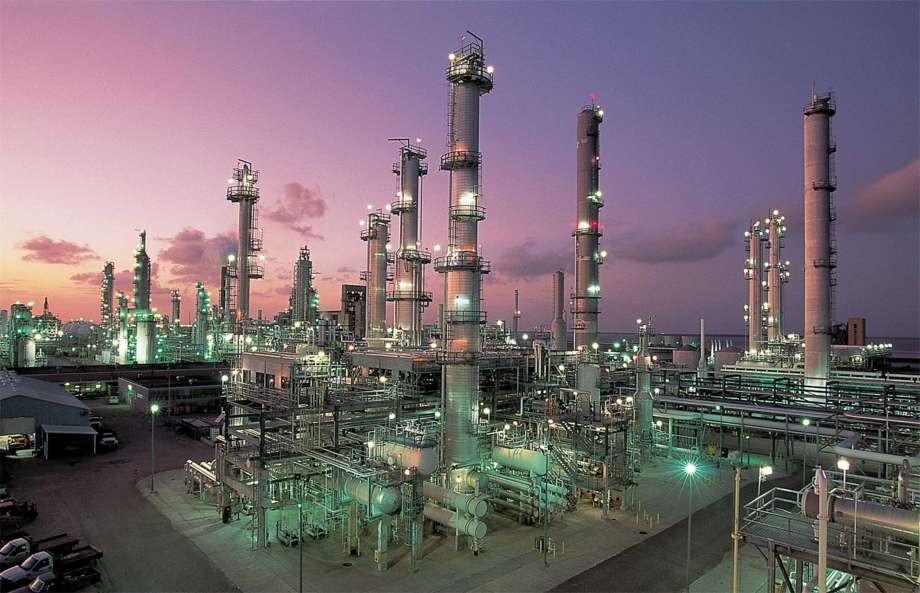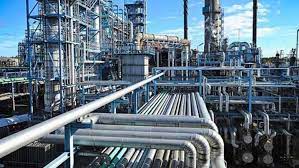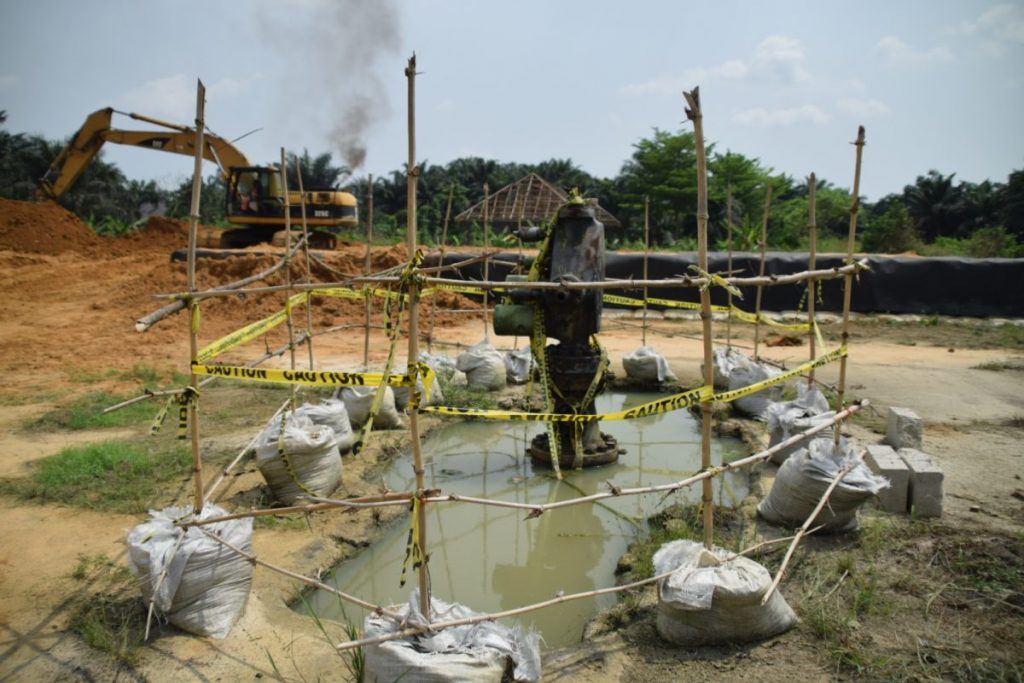 03 January 2014, News Wires – Brent crude rose towards $108 per barrel on Friday after posting its biggest daily percentage drop in six months in the previous session, although expectations for a rise in Libyan supply and speculation of a build up in US stockpiles capped gains.
03 January 2014, News Wires – Brent crude rose towards $108 per barrel on Friday after posting its biggest daily percentage drop in six months in the previous session, although expectations for a rise in Libyan supply and speculation of a build up in US stockpiles capped gains.
A rebalancing of commodity portfolios by asset managers also added to the volatility in oil prices.
Brent rose 21 cents to $107.99 by Friday morning after a 2.7% drop on Thursday, the largest since late June.
US crude hit a one-month low of $95.27, down 17 cents, after posting its biggest daily fall since November 2012.
“The strong inventories decline that we had in recent weeks are very likely linked to tax management at year-end than true underlying strength in demand,” Mark Keenan, head of commodities research in Asia at Societe Generale, told Reuters.
“There’s been talk about how over the next few weeks there’s going to be some heavy inventory builds.”
A report by industry group Genscape showed a one million barrel rise in stockpiles at Cushing, Oklahoma, the benchmark delivery point for US oil futures.
The United States could also tighten regulations on crude-by-rail shipments after an explosion in North Dakota on Monday.
This may lead to higher transportation costs and create supply gluts that could depress US crude prices, Phillip Futures analyst Tan Cheet Tat told Reuters.
Analysts however expect official US weekly data, to be released later on Friday, to show a fifth consecutive draw in nationwide crude inventories.
Societe Generale’s Keenan told Reuters asset managers were also rebalancing their portfolios, moving money from oil to metals.
“You can get some quite substantial moves especially with those markets that were up last year like crude oil,” he said.
Oil prices could also be slightly more volatile this year than 2013 as supply may outweigh demand although geopolitical risks will underpin prices, Keenan said.
Investors are now watching production in Libya which has dropped to around 220,000 barrels per day, from 1.4 million bpd in July.
Libya hopes to resume production at one of its largest oilfields, El Sharara, within three days after protesters agreed to suspend their two-month stoppage.
“We’ve had many false hopes from Libya in recent months. Until we see concrete evidence that production is actually up, I don’t think we can ascribe too much importance to it,” Keenan said.



